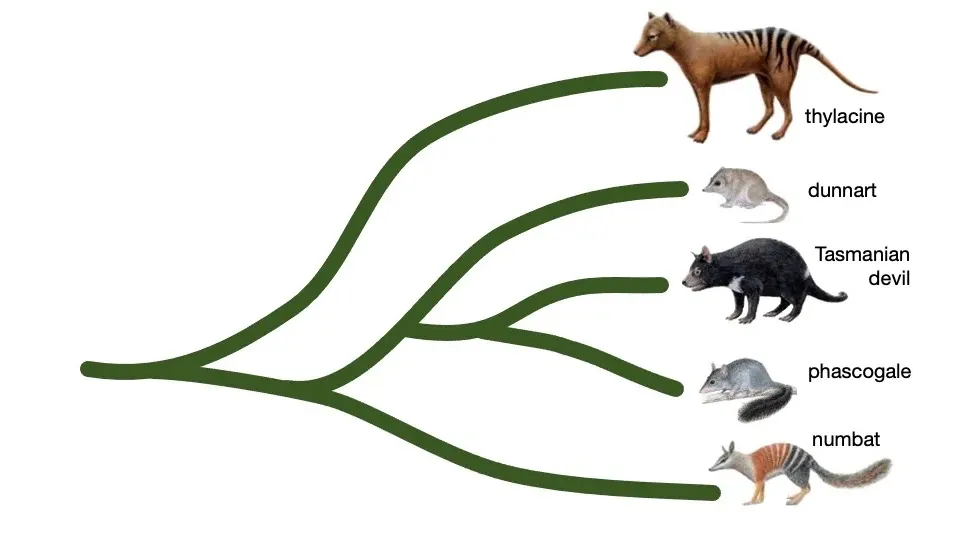Despite being extinct for nearly 100 years, the Tasmanian tiger remains one of Australia’s most iconic and instantly recognisable animals.
Since its genome was sequenced in 2017, many researchers have been looking into the possibility of bringing the Tasmanian Tiger back from extinction.
Now, after teaming up with Dallas-based genetic engineering company Colossal Biosciences, geneticists from the University of Melbourne say they expect to produce their first baby thylacine within the next decade.
“We can now take the giant leaps to conserve Australia’s threatened marsupials and take on the grand challenge of de-extincting animals we had lost,” said Professor Andrew Pask, leader of the Thylacine Integrated Genetic Restoration Research (TIGRR) Lab.
“A lot of the challenges with our efforts can be overcome by an army of scientists working on the same problems simultaneously, conducting and collaborating on the many experiments to accelerate discoveries. With this partnership, we will now have the army we need to make this happen.”
In addition to successfully sequencing the Tasmanian Tiger genome, the TIGRR team also has the sequences for several of their closest relatives such as the dunnart, or marsupial mouse.

They hope they will be able to use this information to edit living cells from these animals to create ‘thylacine’ cells using CRISPR and then grow them into living embryos using assisted reproductive technologies developed on existing marsupials.
Pask and the TIGRR team will concentrate their efforts on developing reproductive technologies such as IVF and methods for growing marsupials from conception to birth in a test tube without a surrogate.
Colossal will concentrate on using CRISPR gene editing techniques to reproduce viable thylacine DNA from stem cells taken from living marsupials.
“The question everyone asks is ‘how long until we see a living thylacine’ – and I’ve previously believed in ten years’ time we would have an edited cell that we could then consider progressing into making into an animal,” said Pask.
“With this partnership, I now believe that in ten years’ time we could have our first living baby thylacine since they were hunted to extinction close to a century ago.”
Read more about de-extinction: